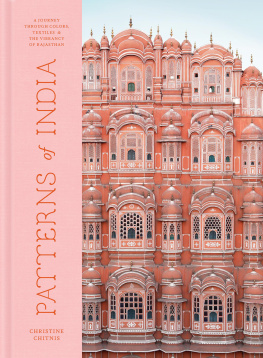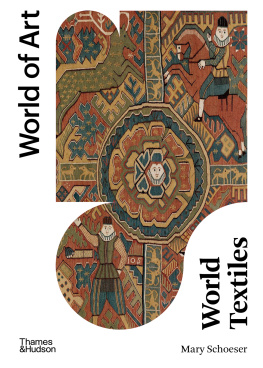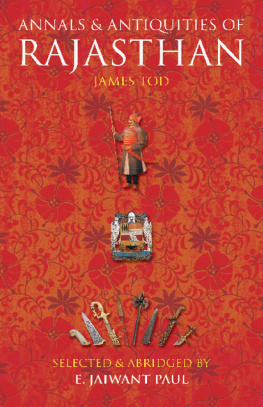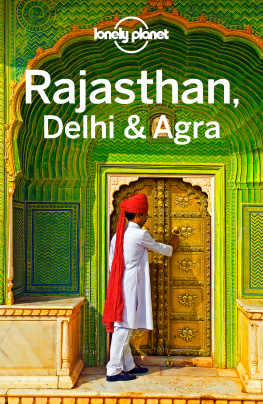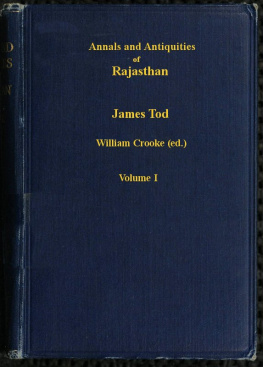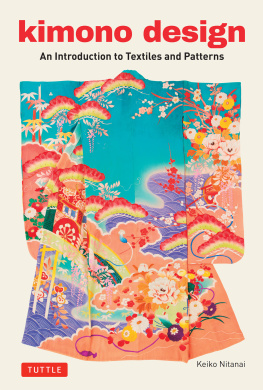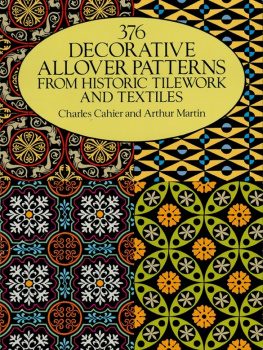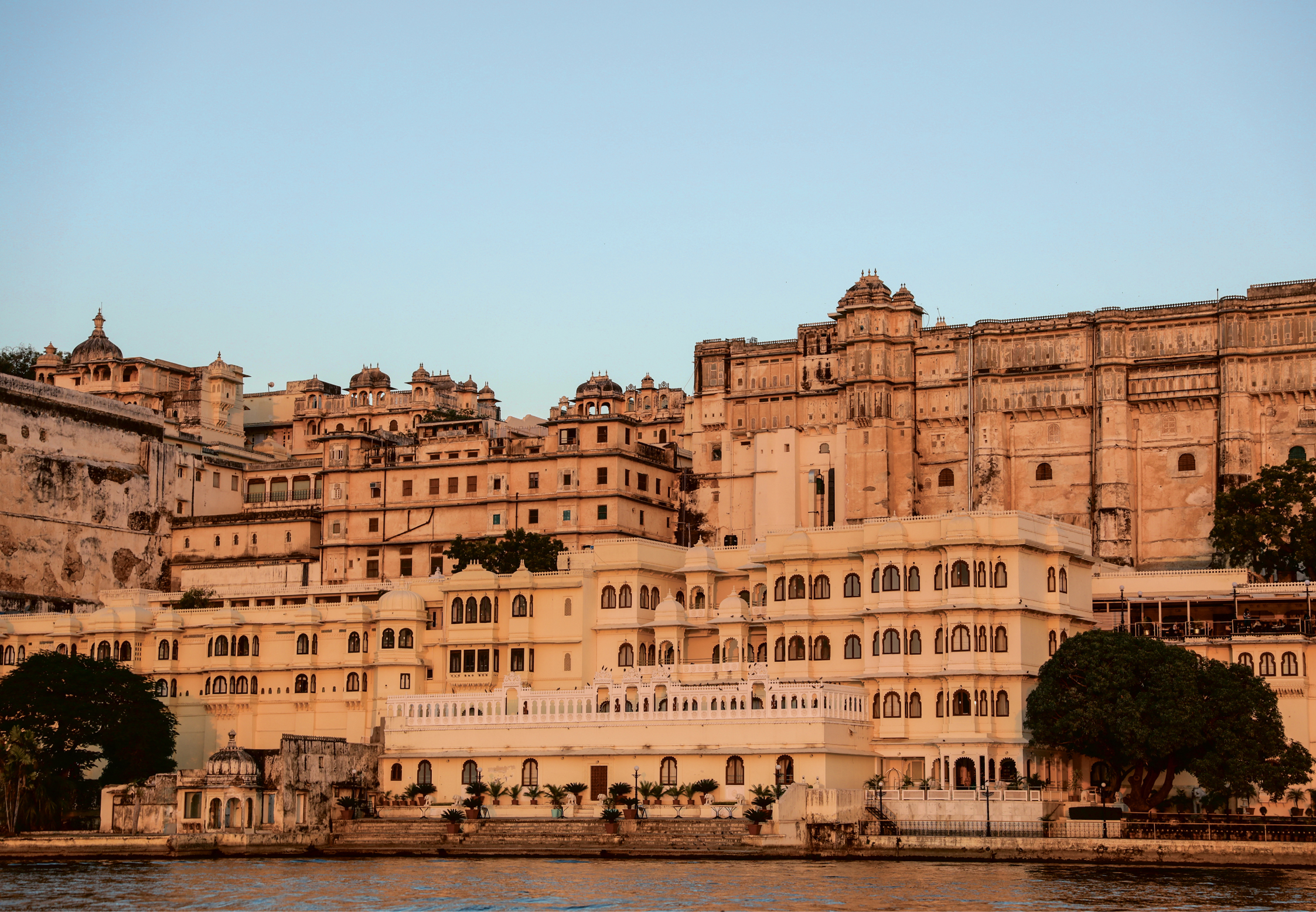Contents
Landmarks
Print Page List
ACKNOWLEDGMENTS
Vijay, this book would not have existedfirst in my imagination and now as a realitywithout you. I owe you my deepest gratitude; you revealed to me the India that you love, in all her beauty and complexity. Your wisdom informs so much of what is written on these pages. Thank you for being my partner in adventure, travel, and life.
Meera, Vikram, and Vijay, I love you three more than I can express with mere words. You each live with passion, creativity, and wide-open hearts. My greatest joy in life is being your mother.
Mom and Dad, I have been endlessly supported by you both while undertaking this creative endeavor. I am so thankful to you two for lovingly taking care of the boys while Vijay and I traveled to Rajasthan to put the finishing touches on this book.
Liz Murray, you are the best travel companion we could ask for, and our memories of India with toddlers in tow will forever be associated with your good humor, generosity of spirit, and adventurous soul. Alva Cabrera, thank you for so lovingly caring for Meera while I put the finishing touches on this book.
We have been lucky to have the kindest, most knowledgeable guides during our India travels. Thank you to Manoj Sharma, Vineet Sharma, and Jeremy Fritzhand of Studio Bagru, for sharing your time and talents. Mona Singh Pancholithank you for your friendship and care.
I have been generously supported by an incredible team since the inception of this book. Thank you to Alison Fargis, for believing in me and understanding, from our very first conversation and every one since, the idea behind this slightly unconventional book; Toni Tajima, for your incredible work bringing my proposal to life; Amanda Englander, for your belief in and unwavering enthusiasm for this book, which gave me the courage needed to undertake this project; and Gabrielle Van Tassel, for keeping this project moving along so smoothly with your impeccable communication. The design team that brought this book to life has my deepest appreciation: thank you to Mia Johnson, for your immense design skills, and Stephanie Huntwork, for your vision and art direction. Thank you to the rest of the Clarkson Potter team for your hard work and support: Abby Oladipo, Heather Williamson, Kate Tyler, Jana Branson, Windy Dorresteyn, and Hannah Hunt. To Suki Skidmore: a huge thank you for so willingly giving your time and enthusiastically talking me through the details of block printing. To Dr. Vandana Bhandari: Your words open this book with such wisdom and beauty. Thank you for lending your expertise to this project.
Finally, I hope that anyone who travels to India does so with humility and an unwavering respect for her people and culture.
ABOUT THE AUTHOR
Christine Chitnis is a photographer and writer. She lives in Providence, Rhode Island, with her husband and their three children, Vijay, Vikram, and Meera. You can find her at christinechitnis.com.
RESOURCES
The following books have served as both references and inspirations to my travels through India and this book:
Bhandari, Vandana. Costumes, Textiles and Jewellery of India. London: Mercury Books, 2005.
Boo, Katherine. Behind the Beautiful Forevers: Life, Death, and Hope in a Mumbai Undercity. Random House, 2014.
Caulfield, Fiona. Love Jaipur, Rajasthan. Hardys Bay Publishing, 2015.
Crill, Rosemary, ed. The Fabric of India. London: V&A Publishing, 2015.
Gillow, John, and Nicholas Barnard. Indian Textiles. London: Thames & Hudson, 2014.
Lahiri, Jhumpa: Interpreter of Maladies. Mariner Books, 2000.
Lahiri, Jhumpa: The Namesake. Mariner Books, 2004.
Mistry, Rohinton. A Fine Balance. McClelland & Stewart, 1995.
Ronald, Emma. Balotra: The Complex Language of Print. Jaipur: Anokhi Museum of Hand Printing, 2007.
Roy, Arundhati. The God of Small Things. Random House, 1997.
Skidmore, Suki. Hand Blockopedia. Jaipur: Anokhi Museum of Hand Printing, 2014.
Skidmore, Suki. Sanganer: Traditional Textiles, Contemporary Cloth. Jaipur: Anokhi Museum of Hand Printing, 2009.

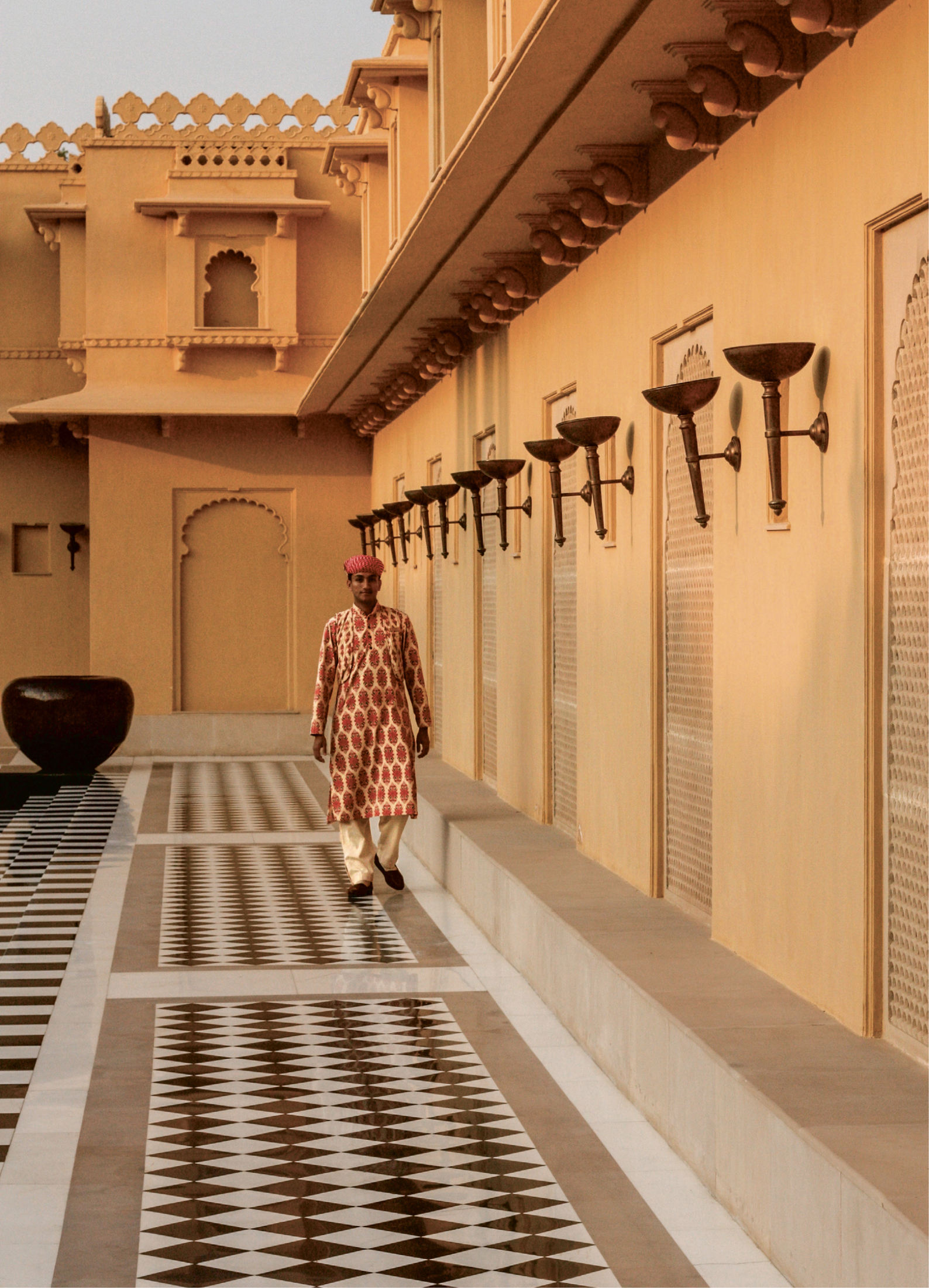
One of the most luxurious hotels in the world, the Oberoi Udaivilas in Udaipur is modeled after a traditional Indian palace.

ajasthan, a desert state, is proof that a range of inspiring hues can be found in the neutral family. Many of the majestic forts and palaces pay homage to the arid landscape with their sandstone and marble facades. Both the Mehrangarh Fort in Jodhpur, which looks to be carved from the very cliff upon which it sits, and the Lalgarh Palace in Bikaner, known for its intricate latticework, are resplendent in burnished red sandstone. Golden sandstone was used to build the Umaid Bhawan Palace, the residence of Jodhpurs former royal family, as well as a hotel. Jaipur is home to the Amer Fort and the Hawa Mahal, both constructed with red and pink sandstone. These palaces and forts offer a nearly unending supply of surface area ripe for embellishment; art, craft, and architecture seamlessly merge, and the whole becomes far greater than the sum of its parts. A palace with no decorative workno paintings, no carved stonework, no mirror inlayswould be a lifeless shell. The surface ornamentations bring to life the story of the people who live within its walls.
Rajput wall paintings are found in nearly every palace across Rajasthan and often tell complex stories of battles fought, victories won, and marital alliances forged. The ancient paintings still adorning palace walls today are a testament to the early painters and dyers who used natural materials that have withstood the test of time and exposure to the elements. Until the dawn of chemical-based paints in the nineteenth century, artisans used pigments from plant and mineral sources that they ground and mixed themselves.
Because Rajasthan is a land rich with granite, marble, slate, quartz, sandstone, and other natural minerals, stone carving has a long history in the region, and most palaces sport intricately carved lattice screens with geometric ornamental patterns called jalis. Offering protection from the harsh desert sun, while still allowing for the flow of fresh air, jalis also maintain the privacy of women in purdah. Practiced by Hindus and Muslims, purdah is both a social and a religious practice of secluding a woman, either by physical separation or by clothing that conceals her form and covers her skin. The Hawa Mahal (Palace of Breeze) was constructed for this very purpose, so that the ladies of the royal court could watch the goings-on in the streets below while remaining unseen behind the delicately carved

